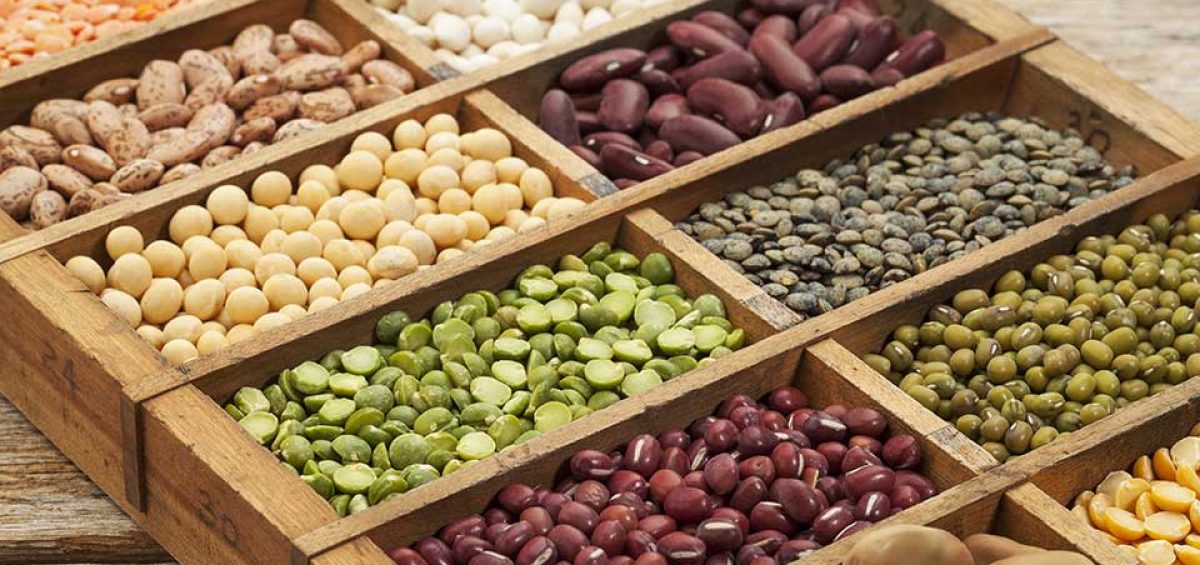Legumes are one of the earth’s most valuable plants in our food chain. Legumes or pulses, as they are sometimes referred to, are identified by their podded fruit (seeds) which are edible. For animals, the entire foliage is edible and used as forage in the form of pasture, silage, and hay. Common forage legumes include alfalfa and clover. Legumes also have a unique ability to produce their own nitrogen through a symbiotic relationship between the plants root system and bacteria called Rhizobia. Incorporating the plant into the soil through tillage can improve the field’s fertility and tilth for the next crop.
However, the real miracle of the legume family is the edible seed commonly referred to as “beans”. Beans like peas, lentils, soy, and peanuts are crucial in feeding our world as well as a great nutritional benefit to humans. It is no coincidence that legumes account for over 25% of world food production, represent about one third of humans dietary protein, and nearly one half of the worlds processed oils come from beans (mostly soy and peanut). Beans are a low fat food containing protein, fiber, calcium, B-vitamins, folic acid, and iron. Research suggests that a consistent diet of beans reduces high blood sugar and cuts the risk of heart disease. For vegetarians, beans provide an excellent protein source with soybeans delivering all the essential amino acids found in animal products.









Leave a Comment